What is Landing Page?
A landing page is where the user ends up after they click on an ad or a link on Google (or other search engines), Youtube, Twitter, Facebook, Instagram, or an email. A landing page is a tool digital marketers use to effectively acquire leads as part of their digital marketing campaign, effectively making it different from usual pages on websites.
The focus or key point of a landing page is its CTA or the Call to Action that veers visiting traffic towards the products or services a brand has on offer. So, it is not like a web page in the sense that it does not encourage you to delve deeper into the page or the brand. Instead, it is solely focused on getting visitors to take a particular action.
How Important are Landing Pages?
The standalone page that you see after you click on a link received through the mail, an ad, etc, is known as a landing page. Landing pages form an important part of your marketing strategy. According to one survey, around 68.2% of landing pages of the surveyed website showed over five call-to-action (CTA) links. The conversion rate through them is around 10.5%. Whereas; sites that merely have one CTA link accounted for 13.5% of conversions.
In case your site landing page includes social proof such as customer testimonial clips, textual reviews, links to social media posts, and photographs, your chances of success increase even more. According to another survey, landing pages with social proof have a conversion rate of 12.5%, which is 1.1% higher than pages without reviews and photos.
Unlock higher rankings, quality traffic, and increased conversions through tailored award-winning SEO strategies.
Elevate your web presence by Infidigit’s SEO solutions.
Unlock higher rankings, quality traffic, and increased conversions through tailored award-winning SEO strategies.
When Do You Require a Landing Page?
You will require a landing page for reasons listed below:
-
Easy testing:
You can use a landing page to test how user-friendly and compelling your site is. During the testing process, you must pay close attention to media, copy, keywords, etc.
-
Attract customers:
Your prospects could be from various locations. In such cases, having customized landing pages aids in attracting leads and improving conversion rates.
-
Attention to detail:
A landing page typically contains a variety of relevant information about a product or service. It captivates prospects’ interest by addressing their concerns and encouraging them to act.
-
PPC advertising:
A landing page focused on a specific type of advertising can help your page rank higher in search engine results pages.
Why Use Landing Pages?
A landing page is crucial if you want to increase the conversion rate and site traffic. A page that contains relevant keywords will help it appear at the top of the search results. Furthermore, if your landing page includes customer testimonials, the purchasing process, product features, and images, the chances of conversion increase.
Difference between a homepage & a landing page
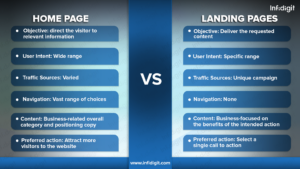
A landing page is all about conversion. It is designed to turn leads into customers, to turn prospects into sales. A homepage — with its platterful of delightful elements on offer — has no such qualms. You can go anywhere from a home page. It has a different purpose, broader CTAs, and way more links than a landing page should ever have. You can learn about the team, head to the service page, spend a few minutes in the job aisle.
A homepage — by definition — is home to the brand image, idea, services, and ideology. Anything you want to know about the brand or want to interact with — the homepage will take you there. A landing page is an opposite. It is about one element, one focus — making the conversion. All the ads, the entire design of the page is, thus, supposed to make that one button that can turn leads to consumers look so good that any visiting traffic cannot but succumb to its charms.
Types of landing pages
While landing pages have one focus, not all of them are made the same way. Primarily, they can be divided into 3 broad types:
1. Lead generated
The first one is obviously the lead capture or lead generator type. This landing page is built to collect as much data as possible about prospective converts.
The lead gen pages usually have a form as a CTA. Through these forms, the landing page owner collects specific information about their customers — from names, email ids, and phone numbers to even their professions, locations, and age. This data serves two different purposes. One, it lets you get in touch with your leads so you may more effectively convert them while building up the image of your brand in their heads. And two, it lets you understand your customer base. That kind of information is invaluable to any digital marketer as they can then focus their efforts and campaign funds on the demographic that is more likely to buy products and subscribe to your services.
2. Click-through landing pages
Click-through landing pages are exactly what they sound like. They emphasize on clicks to make sales immediately instead of gathering customer data like lead gen pages. Usually, lead gen pages are more effective for service-based brands. For e-commerce brands, click-through landing pages do the trick-taking traffic directly to a product or checkout page to make a sale. The click-through pages will usually have just a CTA button and enticing information about a product to encourage you to buy them.
3. Sales Pages
One of the most difficult ones to create, sales landing pages are all about creating a delicate balance. On a sales landing page, you do not try to collect data. You also do not attempt to make a hard sell as you would do on a click-through landing page.
A sales landing page has a few more elements than just a Call to Action button that leads to a direct sale. It has elements including promos and ads, all designed to target the sale of that one product. It attempts to hold the interest of the visiting traffic while also trying to intrigue them into buying or subscribing to the product you want to sell. The design of this page, thus, needs to be hyper-aware of the target customer and where exactly they are located in the sales journey.
A sales landing page is, thus, about both negotiation, awareness of one’s customer’s needs, and impeccable salesmanship — and, as long as you are able to strike that balance, you are likely to hit solid gold.
4. Squeeze Page
This type of landing page is placed on a website to collect information such as an email address. It is part of the top of the sales funnel and is designed to target potential buyers by adding them to a mailing list. The squeeze page contains concise information and a clear CTA.
5. Splash Page
The splash page provides basic information when someone clicks on your site. For example, if your page contains information for a specific social group, you can use a splash page to verify whether the site visitor belongs to that group with a simple “yes” or “no.” You can use it at any point in your sales funnel.
6. Viral Landing Pages
Viral landing pages aid in brand awareness. They contain relevant information that is crafty enough to entice site visitors to share it on various platforms. The informational content on such pages is transformed into the form of videos, written copy, images, and games.
7. Microsites
A landing page is essentially a small website designed for an ad campaign. Many businesses build such sites with a single sales goal in mind. Microsites are made up of a few pages. The majority of them contain online advertising, promotional materials, TV ad campaigns, and so on. You could use microsites to help your new launch succeed.
8.Infomercial
Infomercials are essentially detailed landing pages. It includes long-format content, elaborative stories, and other elements. Such pages are designed in such a way that readers are compelled to scroll through them without becoming irritated. The primary goal of infomercials is to provide readers with so much information about your product that they are persuaded to act.
Generating Traffic on Landing Pages
1. Paid Search
You could use a pay-per-click (PPC) strategy to drive traffic. This allows you to pay a set amount for specific keywords with a high search volume. The position of your page will be then determined by the search engine based on the amount you spent, the quality of your page’s content, and the ad relevance to the keyword.
2. Paid Social
Social media is the best way to raise brand awareness. Publish your landing page’s information and link on various social media platforms such as Instagram, LinkedIn, and Facebook. Use influencers to help you promote your page. You could also try paid social media promotion.
3. Email Campaigns
Email marketing can effectively drive traffic and promote content or pages. Create a database of potential customers first. Create a witty email that isn’t boring. Press the send button. Remember that the more qualified prospects you have in your email database, the higher will be the conversion percentage.
4. Organic Search
You can use an organic search approach to drive natural traffic to your landing page. However, for that, your page must be drafted with a focus on every crucial SEO aspect. Make sure it has high-traffic keywords, optimized titles, images with alt tags, etc. Also, ensure that you strictly adhere to the search engine algorithms.
Importance of landing page
Too many people underestimate the value of landing pages. The best landing page designs can not just help you convert leads into sales but can let you build your brand image better while developing a solid understanding of your client base. What brands usually do is lead their incoming traffic to their home page directly. But, like already mentioned in previous sections, a home page has too many distracting elements to truly work as a landing page. A well-balanced landing page can:
1. Create a good brand image in consumers’ minds:
Even if the lead does not immediately convert into a sale, a good landing page with a consistent voice and style can create a solid brand image in the minds of your prospective leads. Even if they do leave the page without buying anything, they are more likely to make a return once they need to buy or subscribe to that product or service.
2. Increases your creds:
The best landing page designs will not just have a Call to Action button but other elements pertaining to the product and your brand — elements that won’t just help you make the sale but also boost brand credibility. One such element is testimonies from previous users or buyers. Good customer reviews can convince users to buy a product far more than any ad can.
A good landing page adds value. It doesn’t just improve your on-page SEO and drive traffic towards a product, but can also have a long-term effect on your brand’s image in the minds of prospective and returning customers.
What Makes a Good Landing Page?
The creation of a landing page necessitates careful consideration. You can use the following suggestions to make it more compelling:
-
Add images:
A page with a lot of textual content appears tedious. Make sure to include images that are well optimized and take little time to load.
-
Include bullet points:
Nobody likes to get lost in long paragraphs. Divide the most relevant information into small bullets.
-
Concise forms:
If you include a form on your landing page and expect visitors to fill it out, make sure you only ask for relevant information. Visitors will reject forms that are too long.
-
Compelling headlines:
When someone visits your site, the first thing that they notice is the headline. If it is not appealing enough, the user will be less likely to continue scrolling.
-
Add reviews:
Including customer reviews and testimonials informs visitors about the reliability of your product. It is critical for increasing conversion rates.
Landing page best practices
Landing pages often get a bad rep because people believe they are not easy to design or maintain. But, as long as you keep the following factors in mind, you will be able to design a landing page that does what it needs to do best — convert leads with the click of a button:
1. Focus on long-tail keywords
Every digital marketer worth their salt knows that it is far easier to rank for long-tail keywords than it is to rank for short-tail ones. So make ample — yet judicious — use of long-tail keywords on your landing page. This will naturally improve your on-page SEO and help the page (and your website) rank better.
2. Improve page loading speed
Make sure you optimize your landing page so they load fast. Since they technically serve one purpose, they should be easy to optimize. For example, make sure any images you use are reduced in size. Do not jam elements that do not serve the express purpose of getting visitors to click on the call to action. The addition of too many elements will needlessly increase the loading time of the page, which will, in turn, increase the user bounce rate.
3. Build backlinks
Try and get backlinks from high-authority and trustworthy websites. This will improve your SEO and send increased traffic to your landing page. When visitors come to your page from sites they trust, they are also more likely to trust your products.
4. Shareable content
This may be a little harder to do but try and create interesting and unique content that will lead visitors to share your landing page and improve your click-through rate. This will increase organic traffic to your page and improve your Google rankings.
5. Segment your traffic
Don’t try a one size fits all solution. Almost every product has a few different kinds of buyers. So, if you create a separate landing page targeting each of those demographics, inbound traffic will be likelier to click on your CTA.
How to optimize landing pages for conversions
-
Write captivating headline
The headline is almost always the first thing a visitor sees. If you can capture the essence of your brand with one headline, it will not just help your user understand you better but also help set user expectations from your brand.
Remember, even if a lead does not immediately convert, a good headline can create considerable recall value that can bring them back to you when they do need the product or service you have on offer.
-
Position your CTA’s above the fold
Remember that the CTA is the most important element on this page. So, position it above the fold instead of betting on the user scrolling down to look for it.
-
Offer something unique in your service
List your unique selling points. What separates your brand from others who provide the same service? Are you offering promos and discounts? Does your product have a feature no one else’s does? Are your products sustainable? List those points and watch leads convert at a greater rate than before.
-
Use bullet points
No one likes reading walls of text. Add short bullet points to list your product’s perks, its features. Do not bet on the visitor’s patience — they will get distracted and leave if bored. By breaking text into smaller, more digestible chunks, you make it easier for visitors to notice and take note of.
-
Provide social proofs
Including authentic social proofs — complete with name, age, and other relevant details — can increase the credibility of your landing page and, consequently, your brand and the product(s) on offer. So, get authentic testimonials from satisfied customers and try to use them on the landing page.
-
Use videos to deliver your message
Visuals always help. While using clear, compelling messages is great, also try and include visuals like videos and animations and images that show your product/services at work.
-
Experiment with variations
Chances are, your product does not cater to just one type of person. So, one landing page design may not suit everyone’s tastes or needs. Use different keywords and links to lead to different landing page designs that cater to the various kinds of people who could be looking to buy your product.
-
Provide your contact details
Telling visitors how they can reach you can give your brand even greater legitimacy. It is a confirmation and a promise that they can reach you in case they have any doubts, questions, or concerns.
-
Repeat your CTA
The best way to drive your point home is to repeat the CTA. Just in case the visitor scrolls past it the first, a captivating second CTA can increase the likelihood of clicks.
-
Use minimal images & bigger fonts
Too many elements on the landing page mean that there are more distractions for visitors. Also, more images slow down page loading speed, increasing user bounce rate. Bigger fonts, on the other hand, can be used to direct user attention to a particular section of the page— hopefully, right where the CTA button is located.
Landing Pages Examples
Building a good landing page may not seem easy. But some brands have been setting the bar pretty high up with their precise, balanced, and efficiently designed landing page designs. So, just in case you are running short on ideas and need some inspiration on what constitutes a well-balanced landing page, here are some examples of brand landing pages that have managed to hit that sweet spot between salesmanship and authoritativeness:
1. Shopify
When it comes to user-friendliness and sheer simplicity, Shopify’s trial landing page pretty much takes the cake. With the help of a few words and clean bullet lists detailing the many perks and details, Shopify’s landing page covers all you need to know to sign up and start selling.

2. Airbnb
Airbnb’s landing page is designed for those who have a house, a room, or a couch they can afford to rent out. Its CTA entices prospective hosts by showing visitors an estimate of how much money they can earn if they just let people crash in the room they don’t use for a few days. Enter your details and the estimate will get more specific. And nothing is more inspiring than the prospect of easy money, is there?

3. Muzzle
Muzzle does what its name suggests — it silences. It is software built to silence notifications, nothing more, nothing less. So, to prove its point, it takes a minimalist approach to its landing page design. When you land on the page, you are greeted with an animated barrage of notifications — proving the app’s usefulness in one swift move.
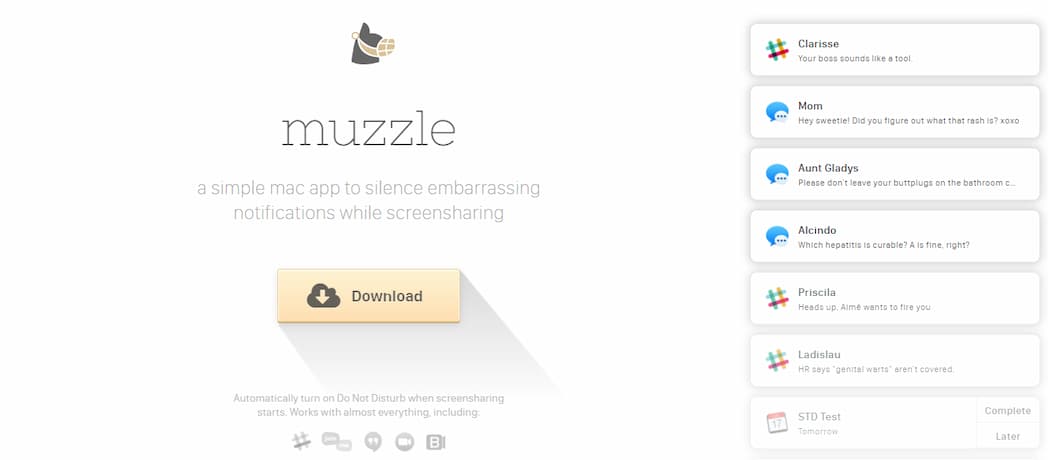
4. TransferWise
TransferWise’s landing page focuses on precision. Each of its actions are individually separated so you are never led where you don’t quite want to be.
Want to send money? The transfer form is smack where you need it. Want to get paid? Scroll right to the middle. Or head to the far right when you want to sign up for the service.
The separation of CTAs depending on your immediate needs may seem deceptively simple but it is actually a stroke of genius. It creates a separate starting point for each specific need — proving all over again that simple is truly beautiful.
Time to Build Your Own Landing Page
Designing a good landing page is no easy task. But, as long as you remember that the focus of such a page is conversion and conversion only, the task becomes a lot simpler. A well-designed landing page is a powerful tool. As long as you use it well, it can give your website the traffic and brand the credibility that you may have only dreamt of.
Popular Searches
How useful was this post?
0 / 5. 0











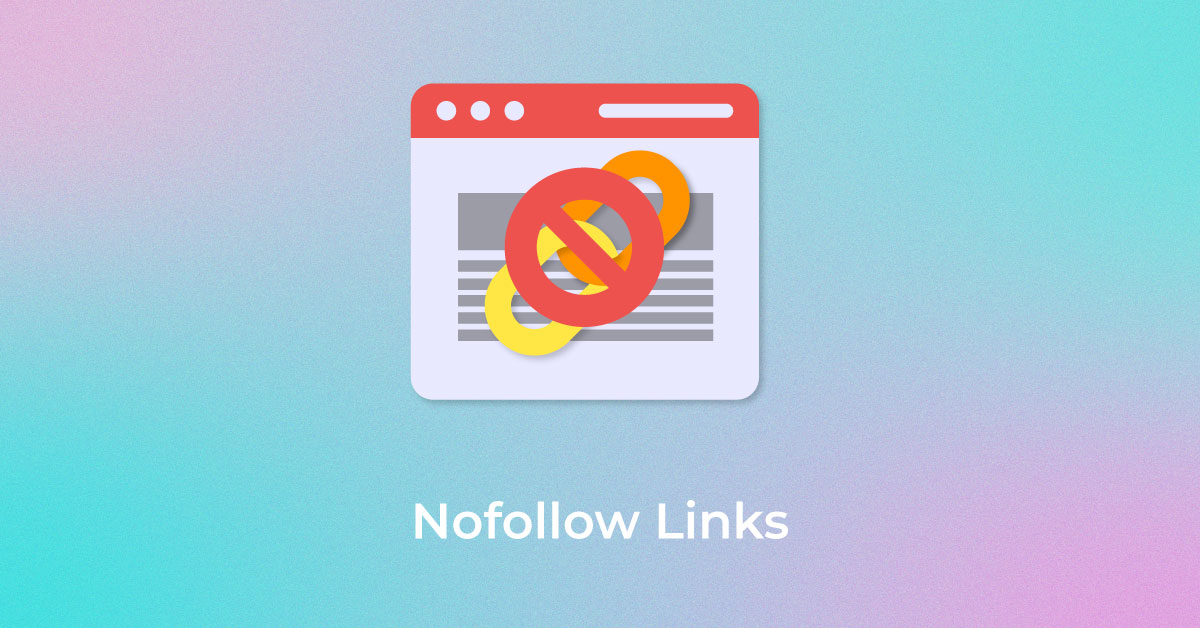
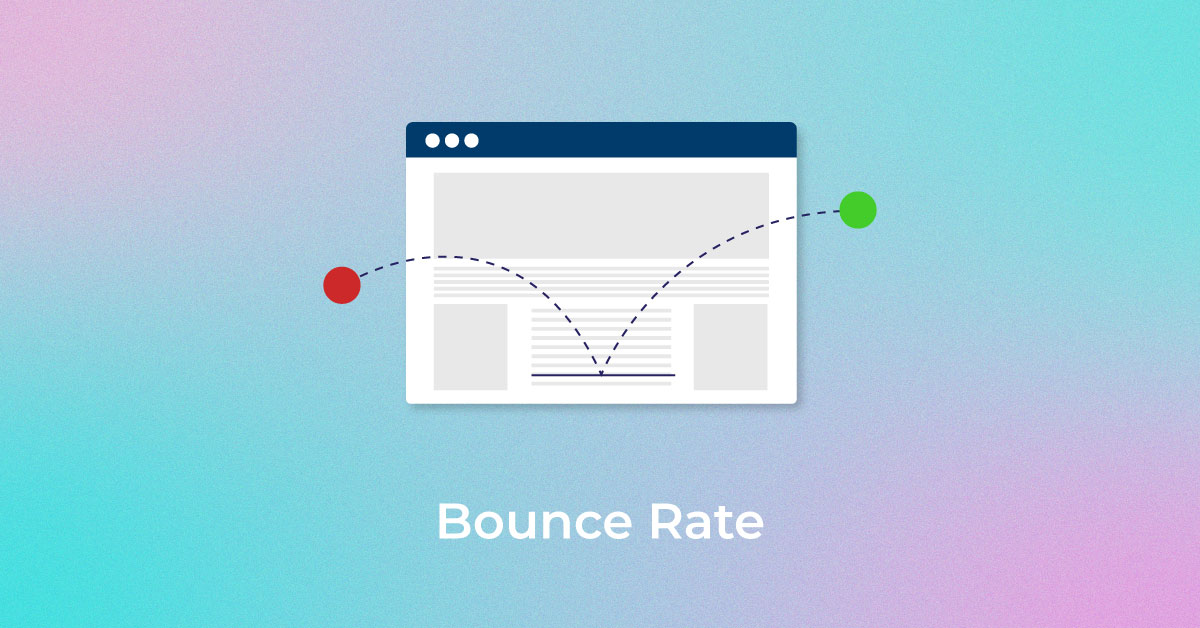

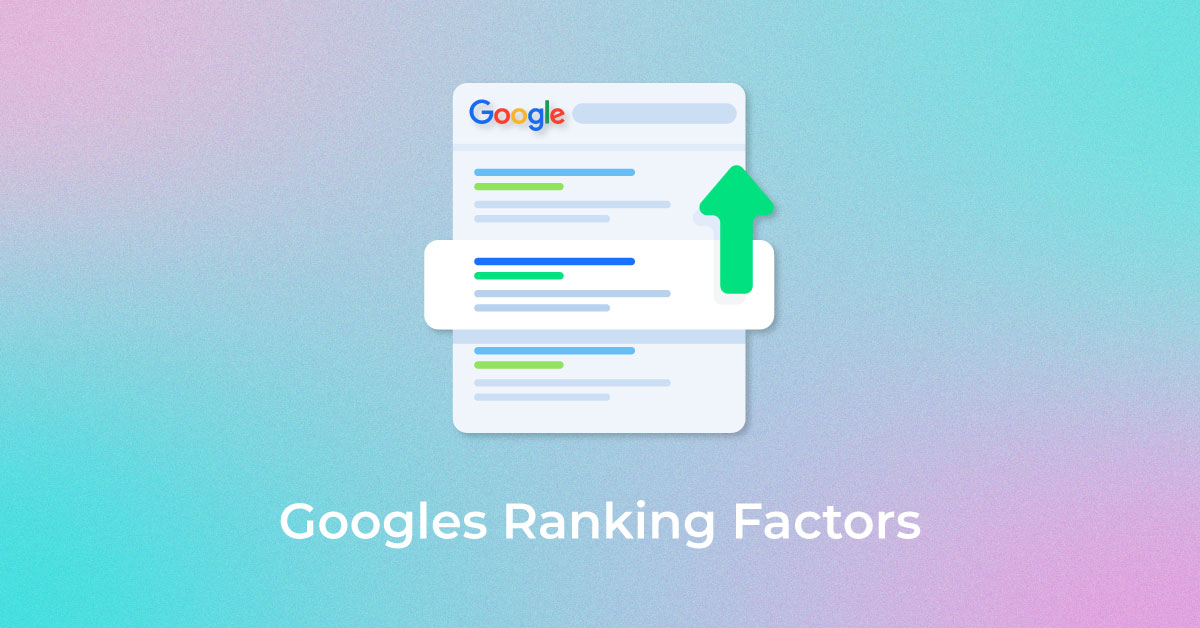
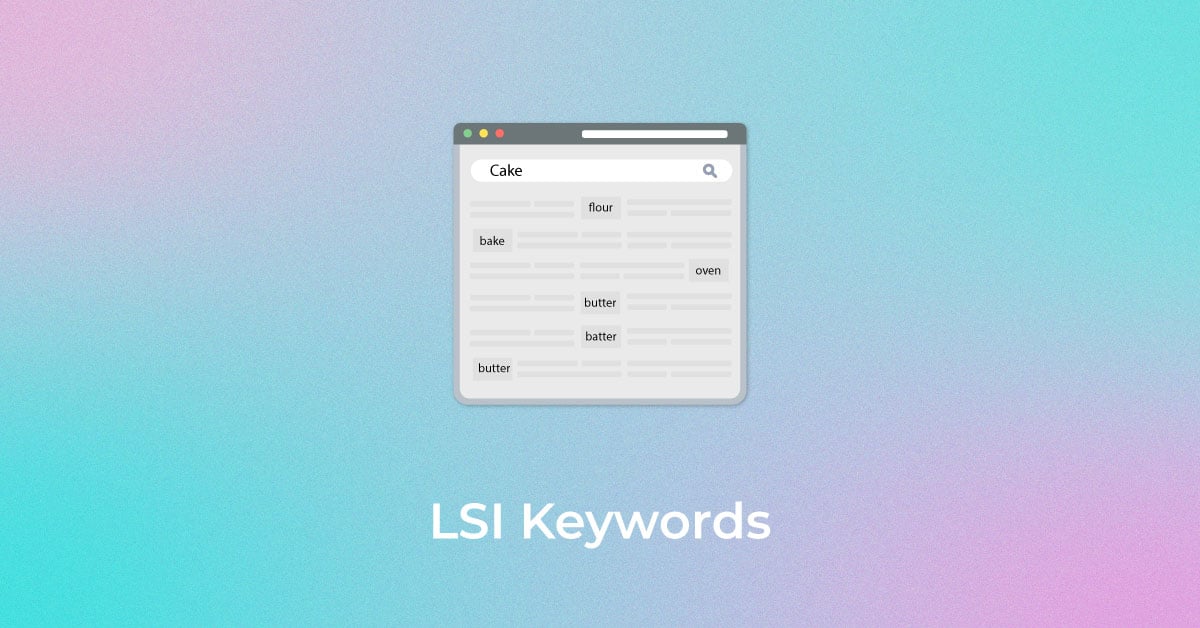

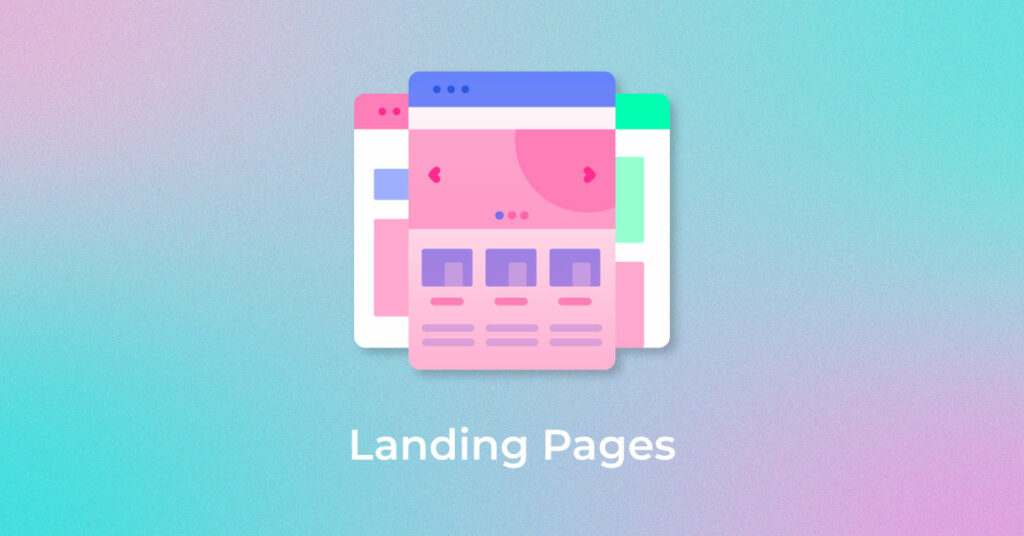
5 thoughts on “What are landing pages? All You Need to Know”
Very informative
We are glad that you found it informative. Check out our latest posts for more updates.
Thank you nice blog. The article is very informative. Looking for more informative content like this in the future.
You are welcome, Shivani. Do subscribe us for more such updates.
Wow. This was good. Learned a lot from this. I also write on content & SEO. Check out my website at www.pawanchabra.com